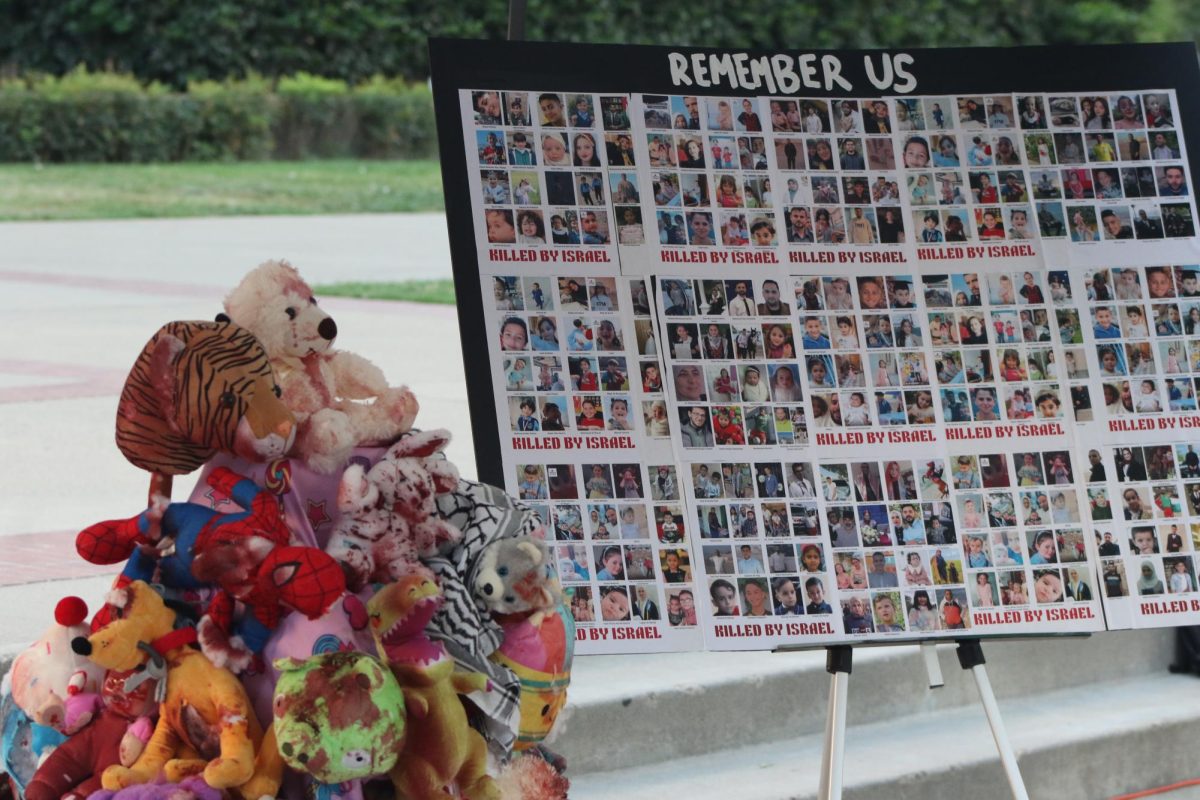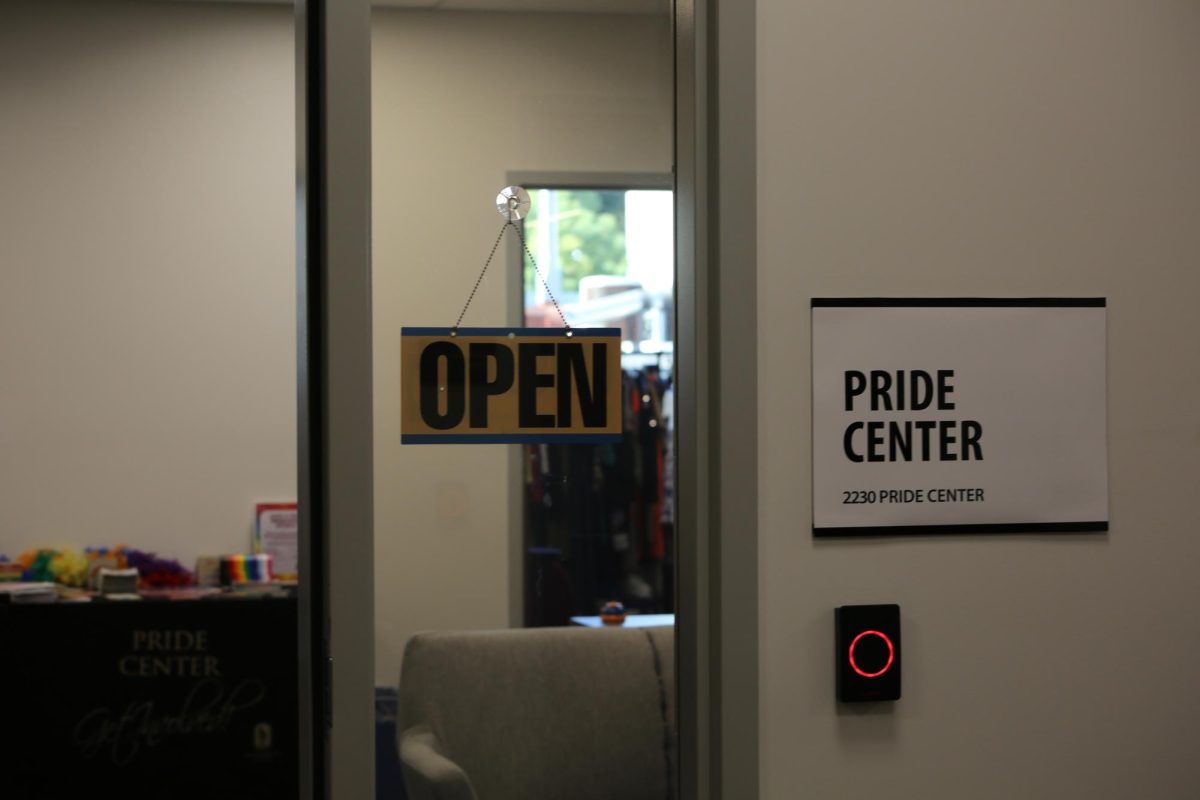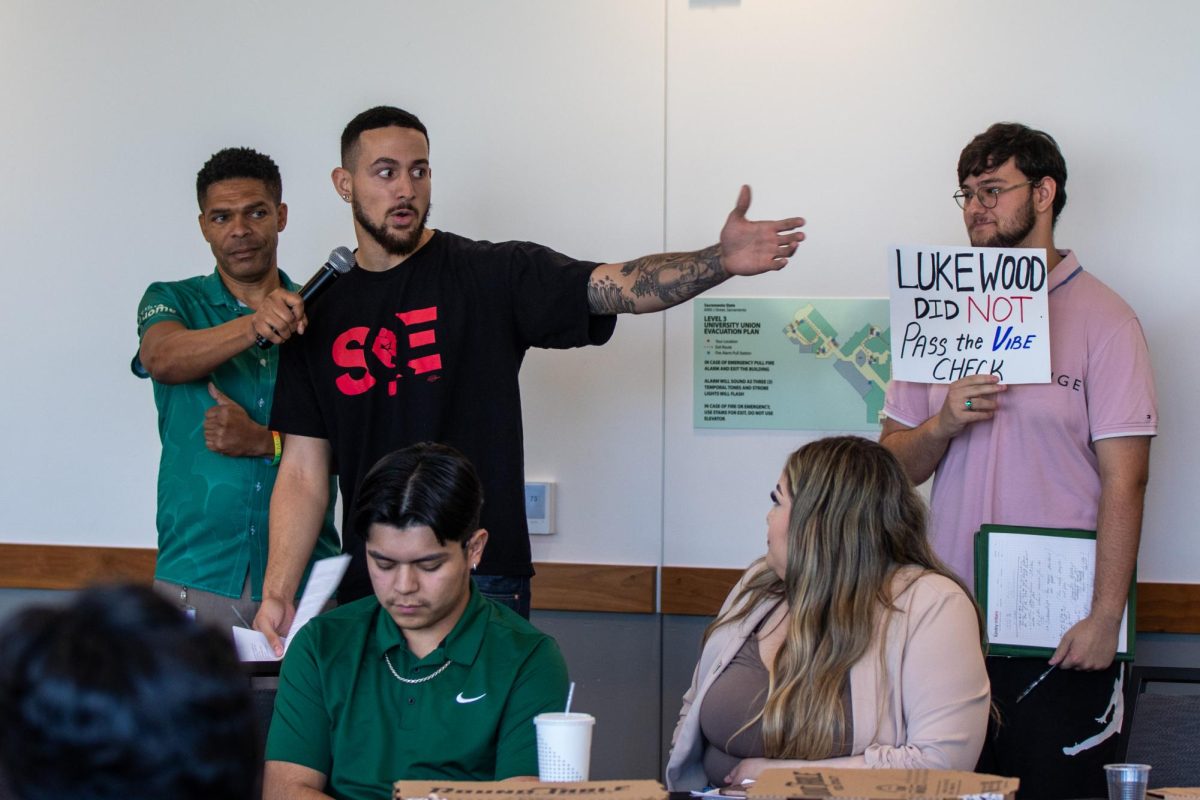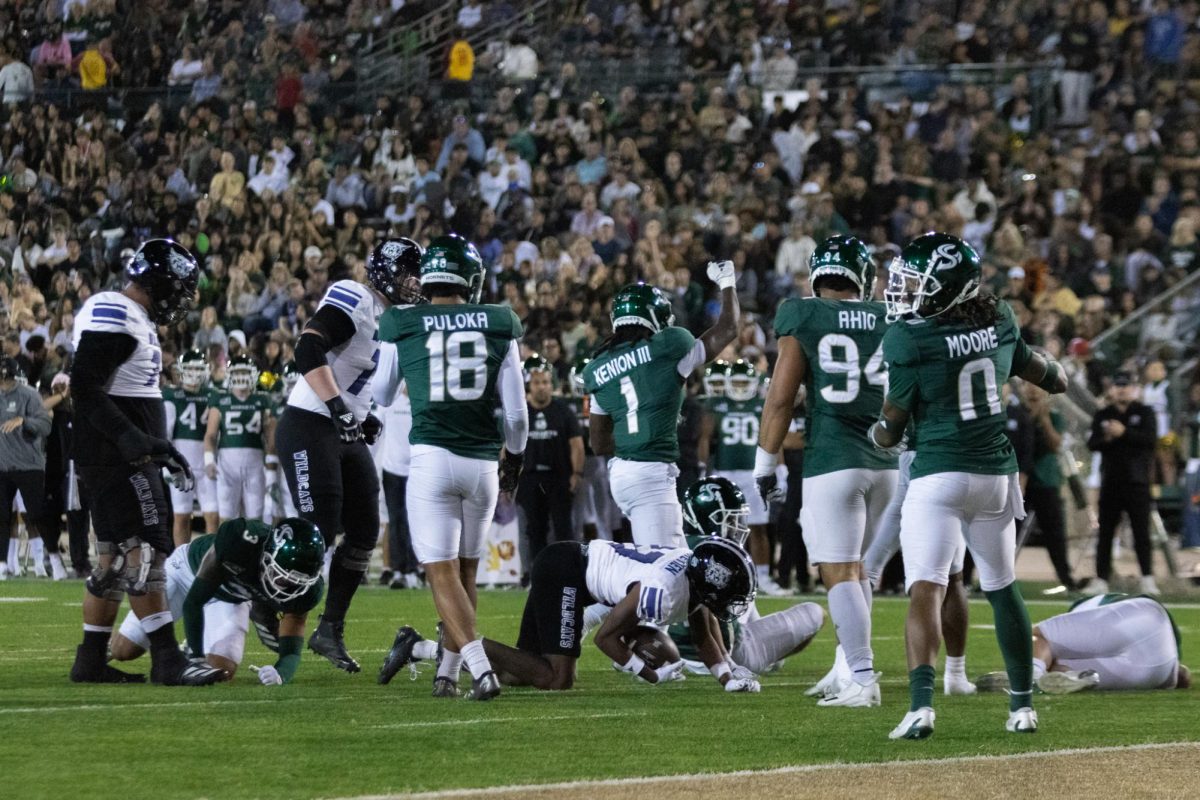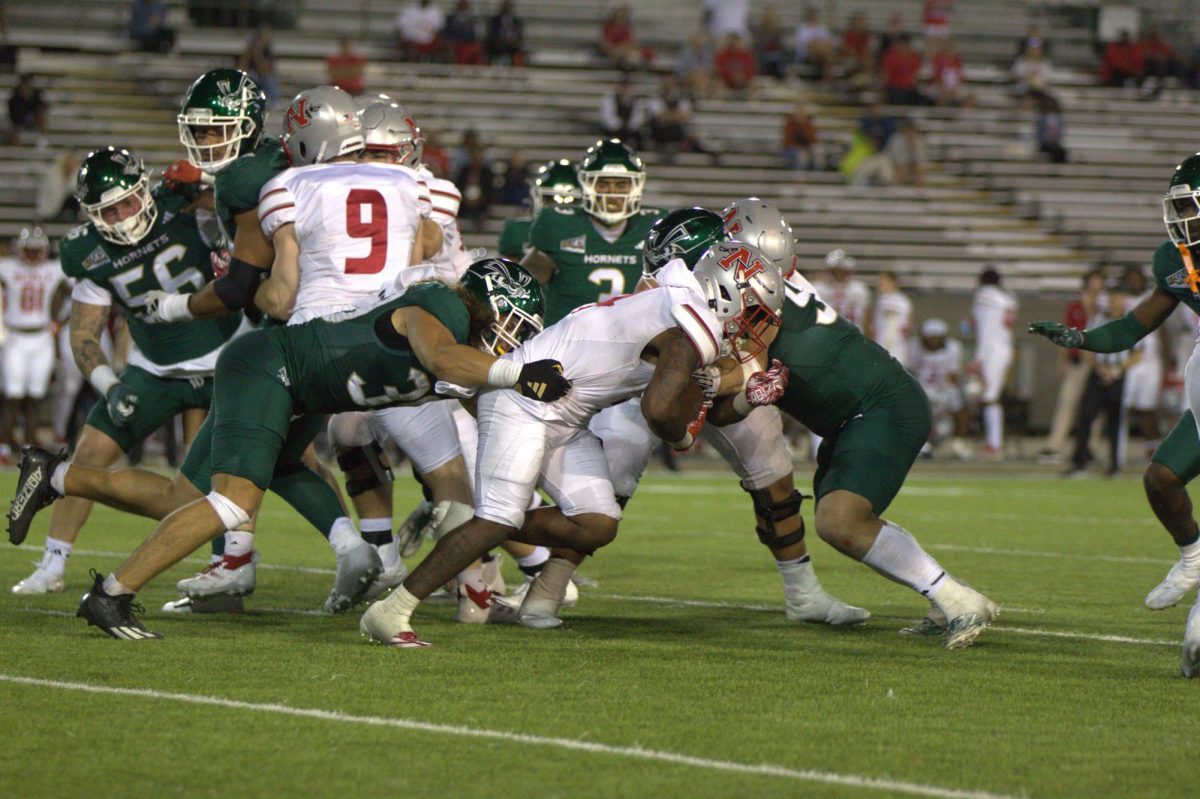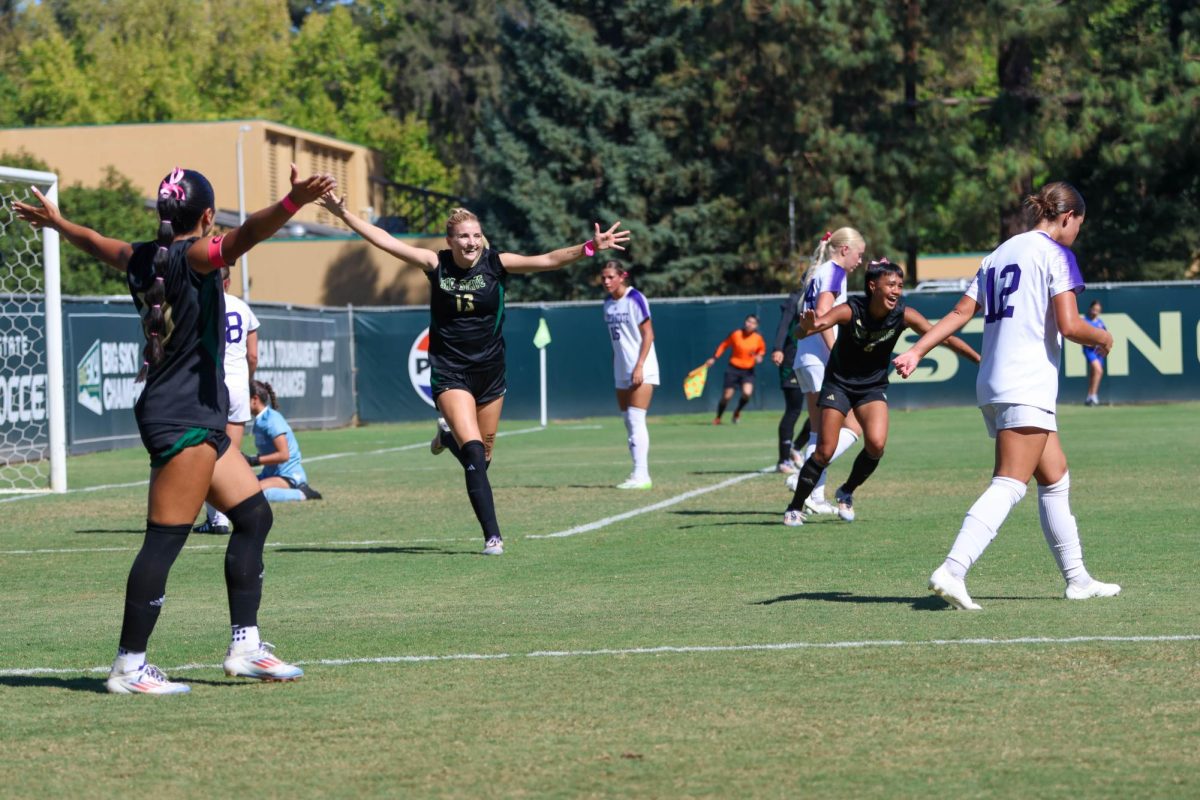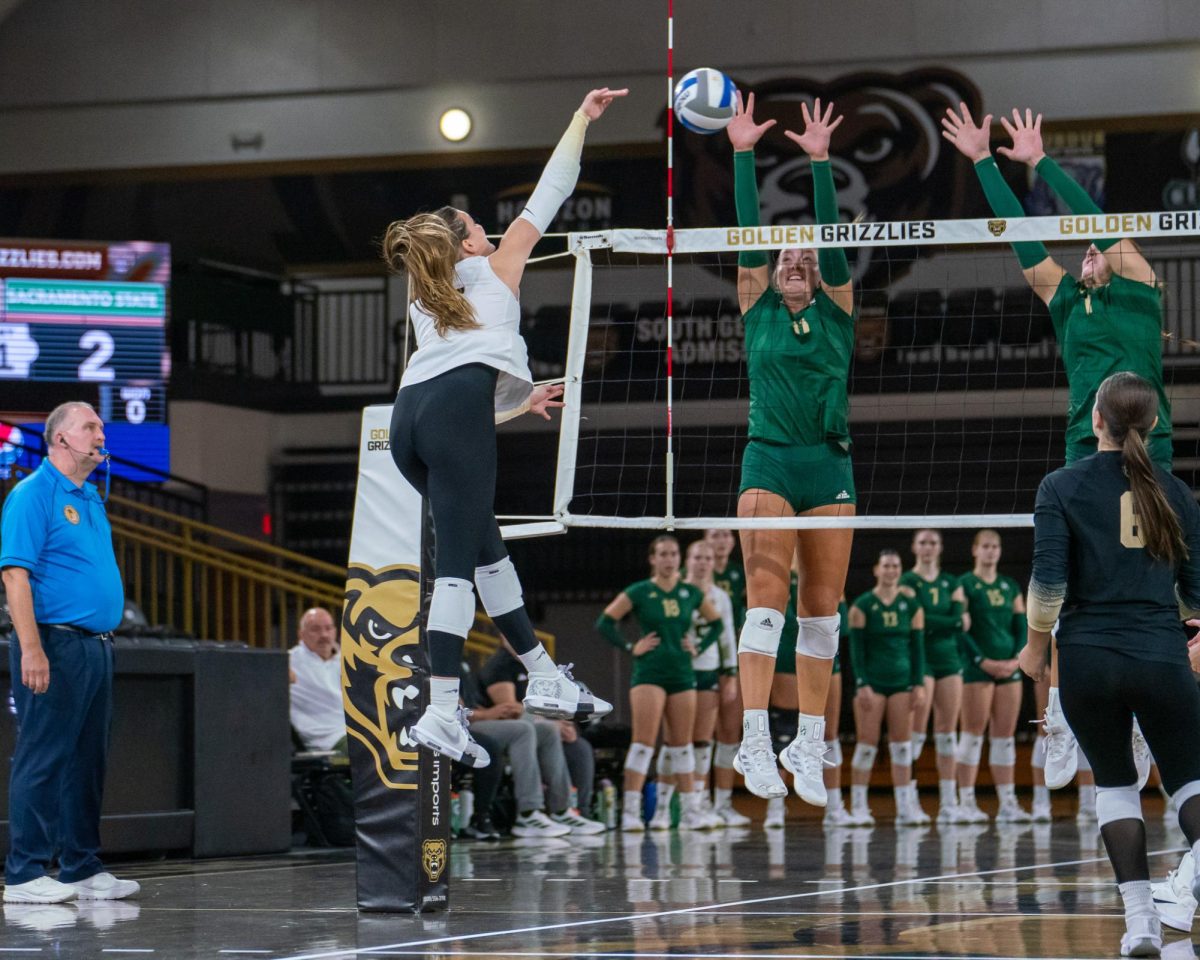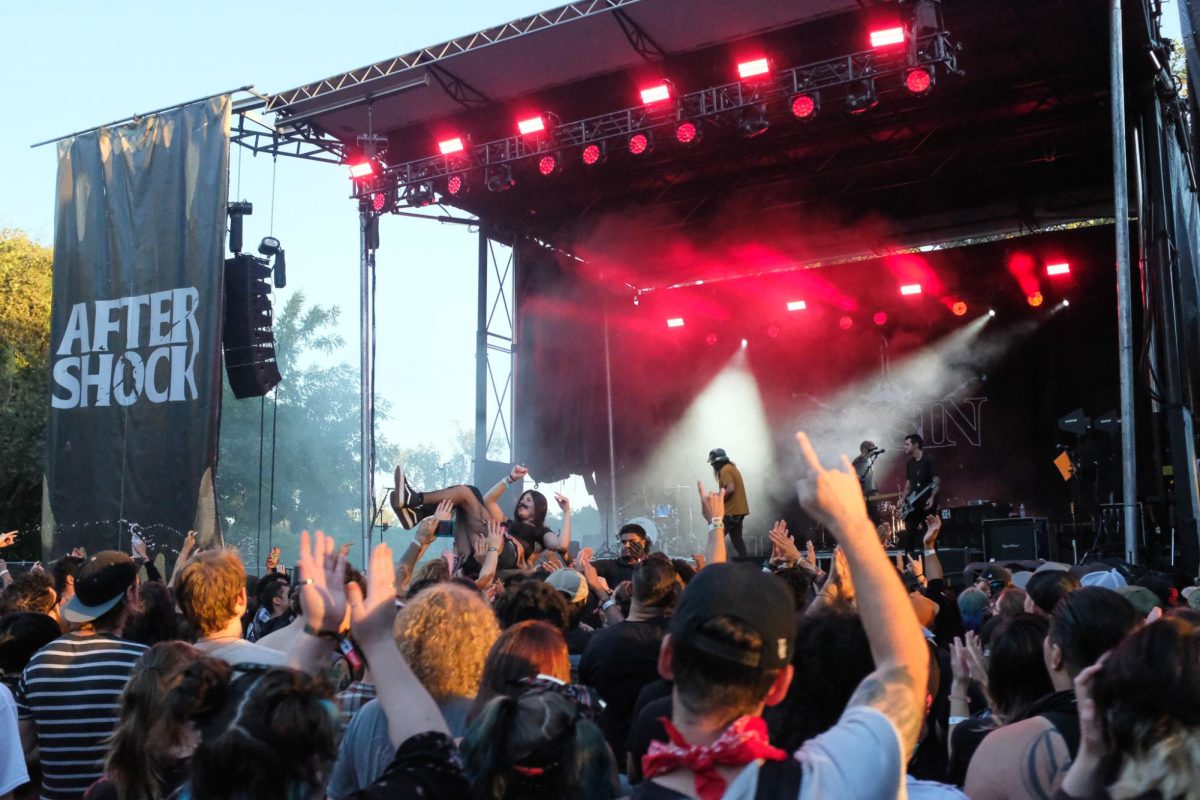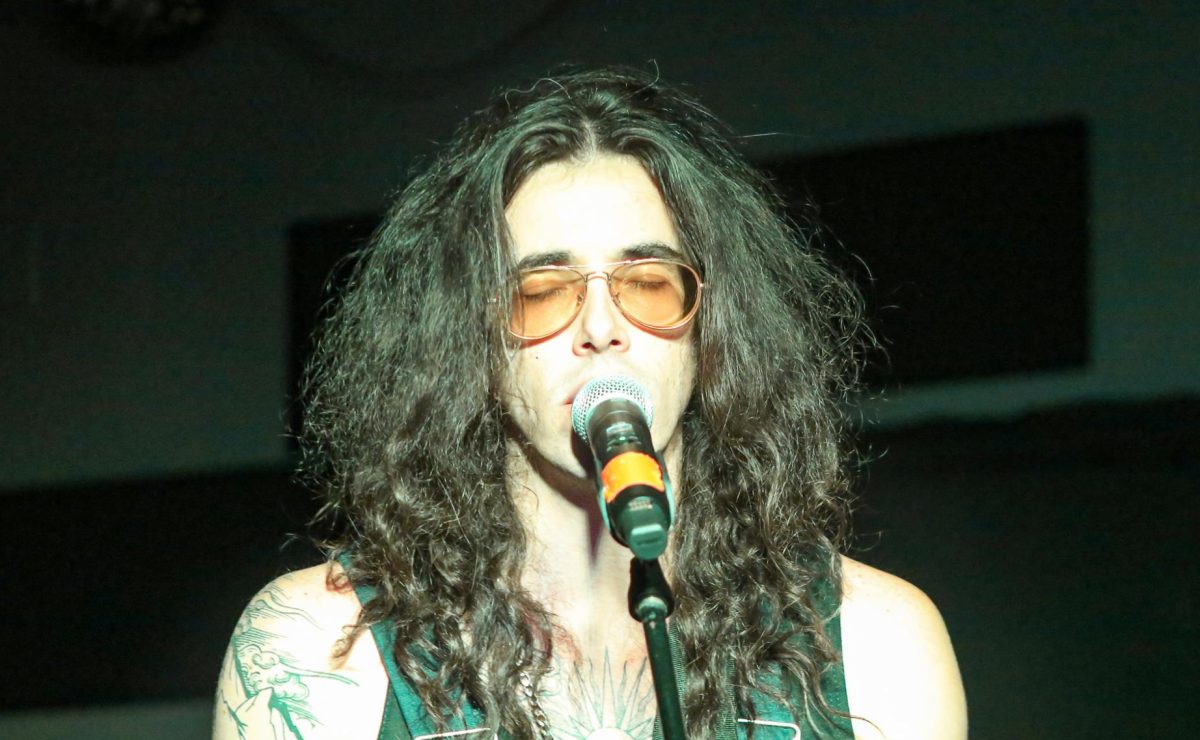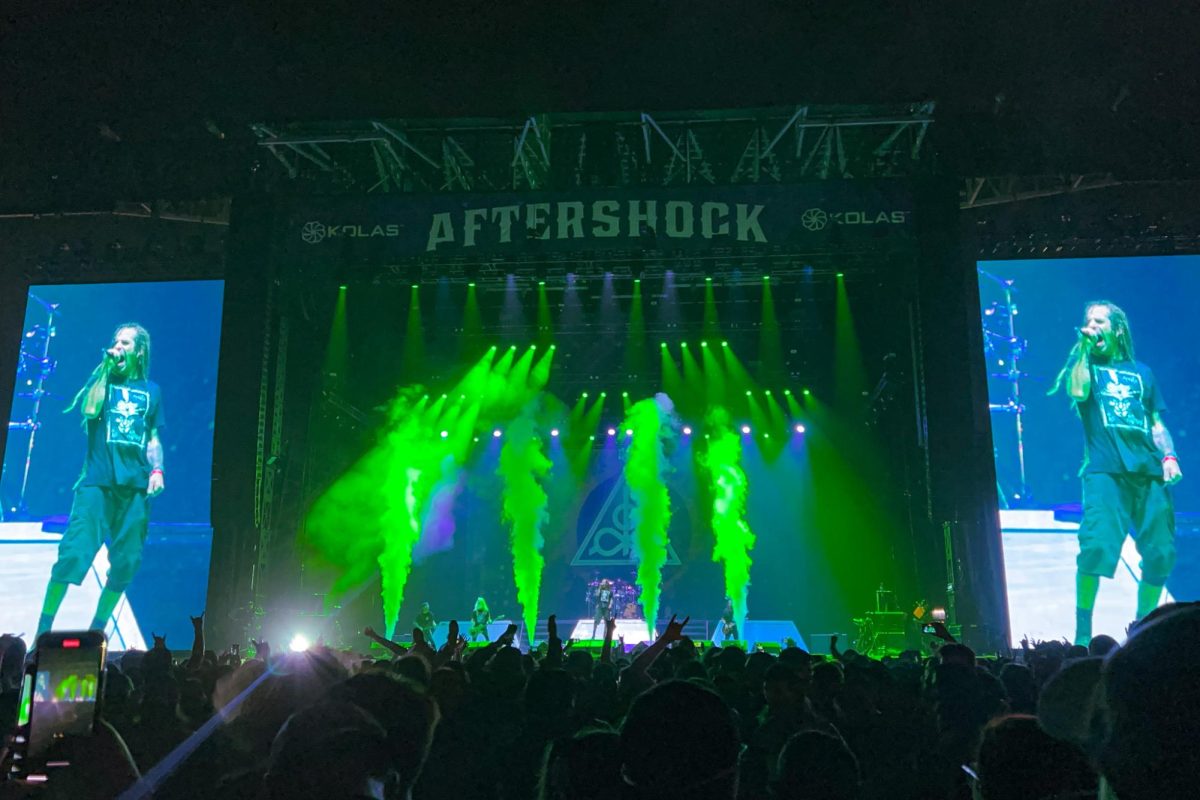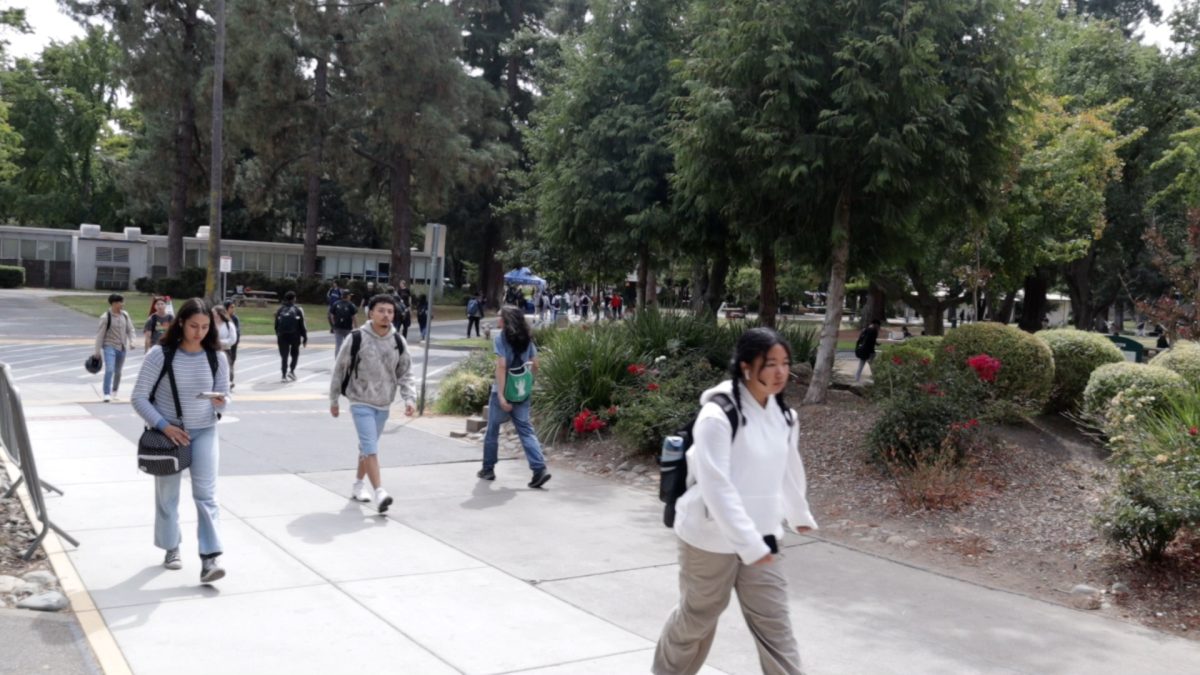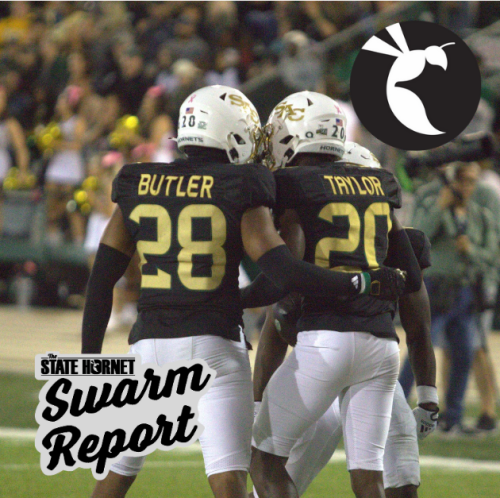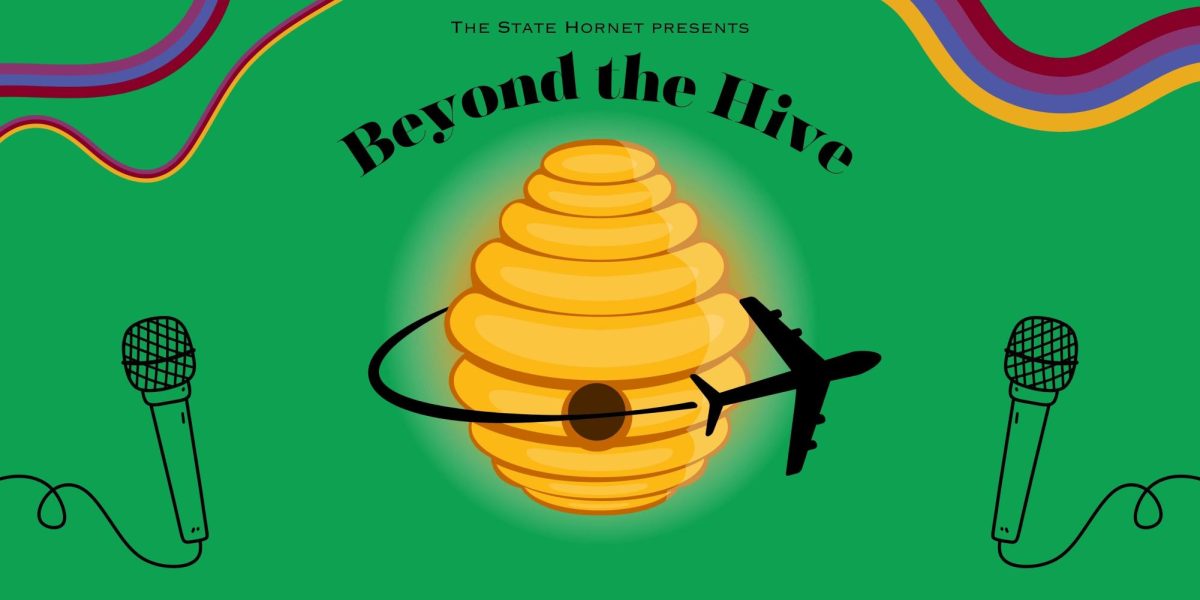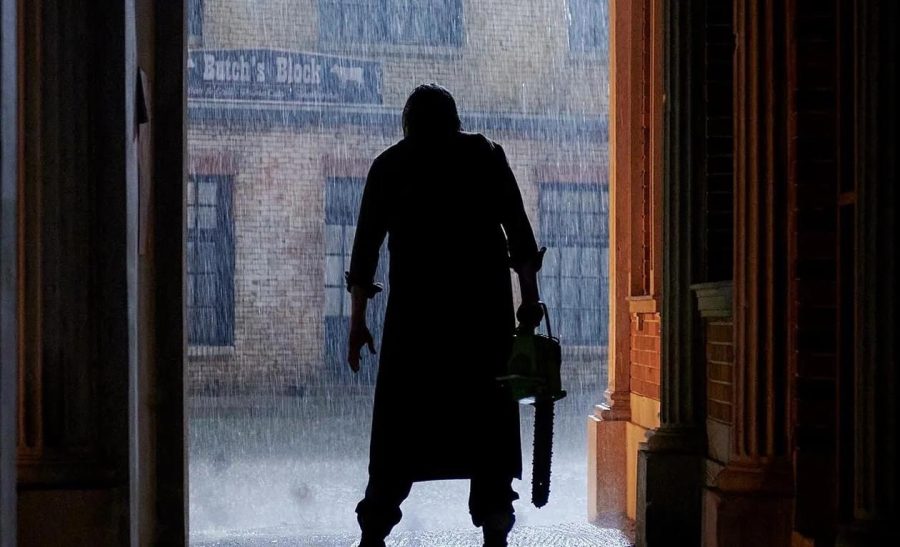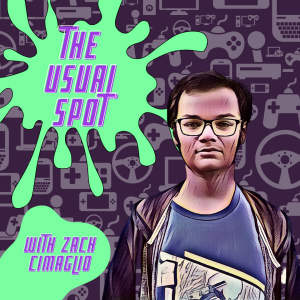“Texas Chainsaw Massacre” is a massacre on competent screenwriting
It’s time for Leatherface to hang up the chainsaw and take up knitting – the regular kind.
Jedediah Sawyer, AKA Leatherface, stands in the doorway ominously in one of the early promotional images for “Texas Chainsaw Massacre.” Leatherface was played by Mark Burnham this time around, taking up the mantle from Andrew Bryniarski, who played the villain in the remake films. (Image courtesy of Netflix)
March 20, 2022
The piece which you are about to read is an account of the tragedy which befell a franchise of nine films, in particular the mishandling of its most recent installment on Netflix. It is all the more tragic in that it retains the name of one of the most lauded horror films of all time; but had the original’s director lived a very, very long life, he could not have expected nor would he have wished to see as much of the convolution and terrible writing as audiences were to see today.
For Netflix subscribers, a late movie night with friends became a nightmare. The production choices by Netflix were to lead to the release of one of the most egregious films in the annals of the franchise’s history: “Texas Chainsaw Massacre”.
1974’s “The Texas Chain Saw Massacre” directed by Tobe Hooper is one of the most beloved horror films of all time. It combined documentary-style storytelling with subtle and surprisingly tame kills that intentionally let the audience’s imagination fill in the blanks.
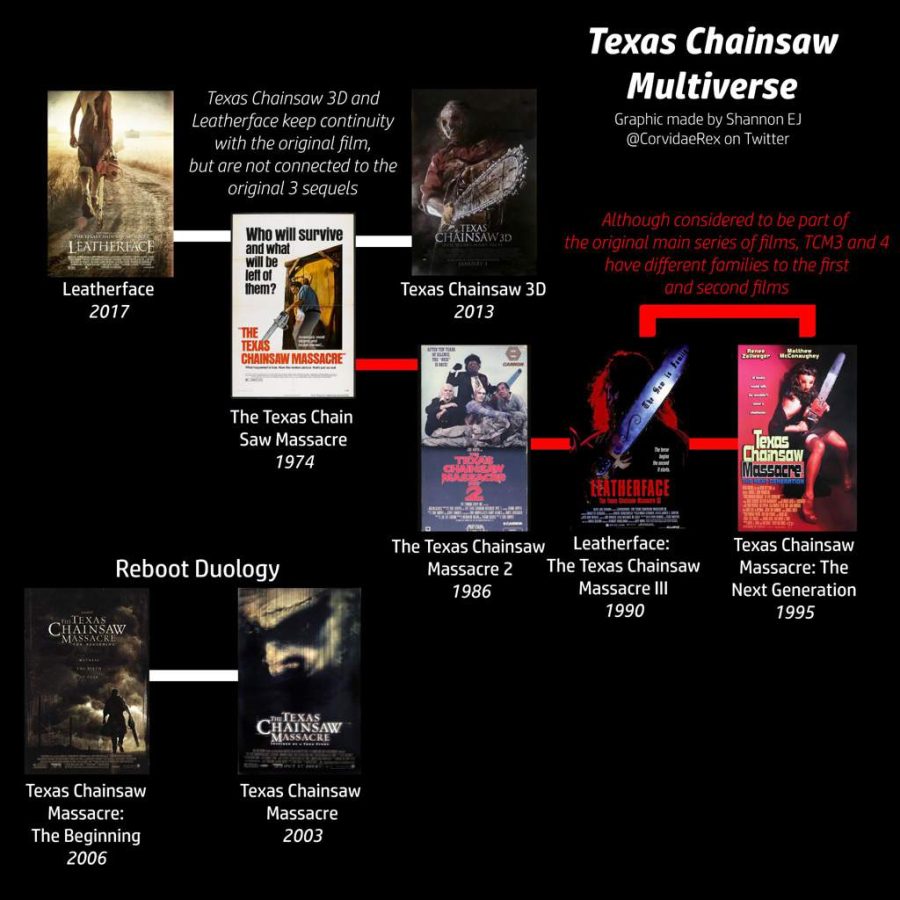
The film’s success led to a sequel in 1986 followed by two more in the following years. Then a remake and a prequel to that remake with its own continuity separate from the original’s chronology; then another sequel that retcons the first three, then a prequel to the original film that shares continuity with the previous sequel, and then, finally, yet another direct sequel that once again retcons the one before it.
And people say the Marvel movies are hard to follow.
“Texas Chainsaw Massacre” (2022) suffers from pretty much every single issue plaguing many modern slasher movies today. A confusing title (they just dropped the word ‘the’), bland characters that make idiotic choices, excessive gore with no room for creativity and cheap attempts at social commentary that lack any sort of nuance whatsoever.
The plot revolves around a group of twenty-something real estate investors and Instagram stars who are on a road trip to showcase a small town in the middle of Texas to some investors. They eventually meet an old woman in an abandoned house who is harboring the infamous Leatherface, played this time around by Mark Burnham, who inevitably gets out and begins his chainsaw rampage through the town.
As soon as they arrive, Dante, played by Jacob Latimore, steps out of his Tesla and makes a comment about “the effects of late-stage capitalism”, setting the bar for the rest of the film to be entirely tone-deaf when it comes to social issues. It is important to mention that Dante is driving a car that retails for upwards of $50,000 and is later shown auctioning off entire buildings.
Despite its complete lack of nuance, the movie still attempts to comment on things like racism, PTSD, mental health, and even cancel culture.
I wish I was joking when I said there was a scene where Leatherface, wearing a mask of human skin and wielding a bloody chainsaw fresh off of a recent slaughter, boards a bus full of people who immediately pull out their phones and threaten to “cancel” him if he tries to kill them, which he does anyway.
— lou-ellen (@louceph) January 31, 2022
In many ways, the movie completely abandons what made the original characters so compelling and falls victim to the traps that many modern horror movies – especially reboots – end up in.
In the 1974 film and even some of its sequels, Leatherface is depicted as a mentally challenged man who was manipulated into slaughtering people for his family’s sadistic feasts. In the 2022 sequel, gone are the subtle hints of verbal and mental abuse, the obvious alienation of Leatherface as the “black sheep” of the family, and the quiet, almost sympathetic way in which the director portrays him.
Leatherface in “Texas Chainsaw Massacre” is practically a supervillain. He goes out of his way to slaughter dozens of people, towers over most of his victims, and takes multiple shotgun blasts and a chainsaw slash up his torso with almost no visible damage despite being in his mid-70s.
This can work in series like “Friday the 13th” or even “Halloween”, where the main villains are established to have supernatural elements that keep them alive. The TCM franchise has always retained some sense of realism with its characters, however and making Leatherface an unkillable hulking mass of murder takes away from the much more terrifying mentally deranged hillbilly that he is.
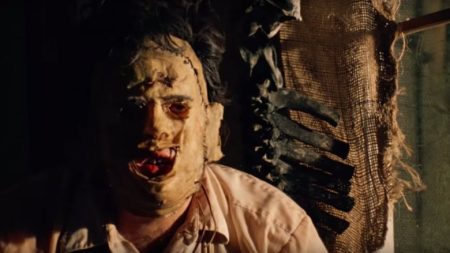
This is where “Texas Chainsaw Massacre” completely lost any merit as a sensible horror film. it is lazy in its presentation, relying on gratuitous gore rather than any of the subtlety that made the original so great, and treats one of the franchise’s signature characters – final girl Sally Hardesty, played this time by Irish actress Olwen Fouéré – without any real concern for consistency or respect for her legacy in the franchise.
The appeal of the original film was never the chainsaw kills, ironically; it was the way Tobe Hooper used his environment and intentionally refused to show things to the audience in order to build suspense. It was the way he shot the film like a documentary, using real police images of serial killer Ed Gein’s own victims for inspiration to create something akin to a tasteful snuff film.
I love bad horror movies. I even love horror franchises like “Child’s Play” and “Friday the 13th” that go on way too long and get progressively more comical as the main villain becomes a farcical caricature of their original selves while the screenwriters desperately try to capture the magic of the original.
Remember when Chucky had a pacifist son and Jason Voorhees went to space and then fought Freddy Kreuger?
Many of these movies are not good in any sense of the word, but they have that particular appeal of ‘where could they possibly go next?’ However, at some point things just go too far and whether it’s due to licensing issues (like a certain hockey-mask wearing friend of mine) or just general fatigue over finding ways to keep bringing the villain back to life, sometimes it is time to start fresh and breathe new life into a franchise with a reboot.
“Texas Chainsaw” is a special case – it has been through hell and back when it comes to remakes, reboots, sequels and everything else. Even with a few good movies sprinkled in, the franchise is beyond saving, and perhaps it’s time for it to meet grandpa.
He is the best at killing, after all.



